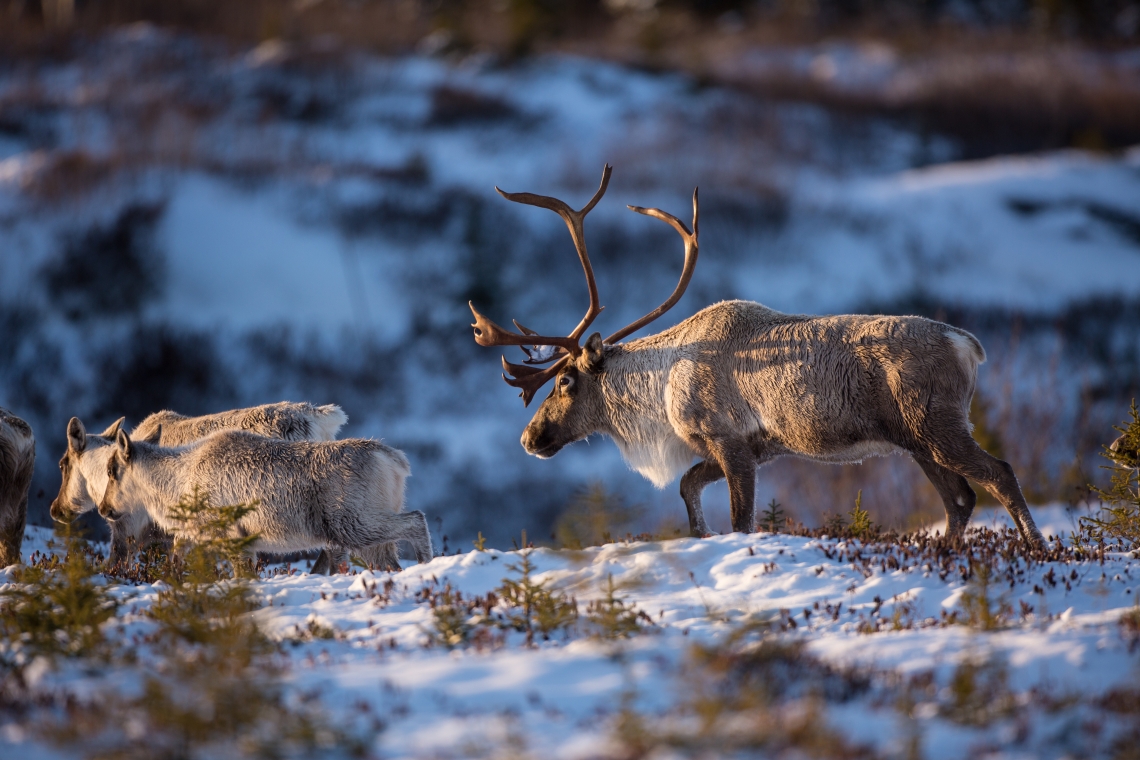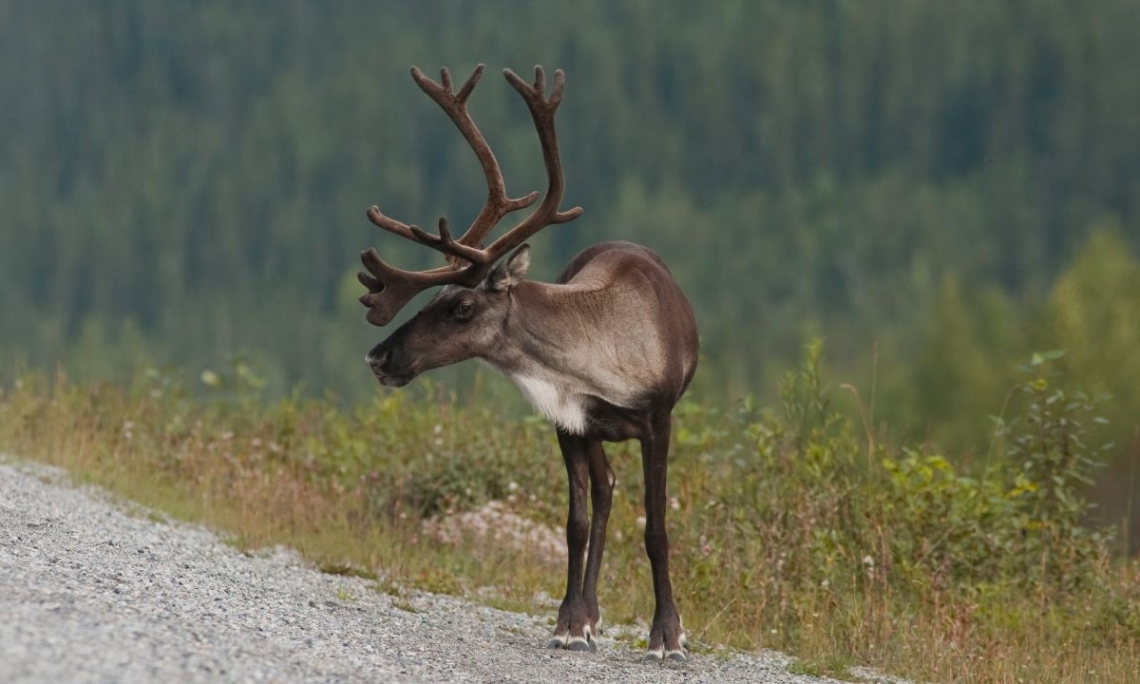Wildlife management
Content related to: Wildlife management
Wetland Knowledge Exchange September 2023 Newsletter
Beavers Ecosystem Altering: Influence of Beaver Dams on Aquatic Invertebrates in Newly Created Beavers Ponds and Small Mountain River
Boreal and Peary caribou listed for another 10 years on the NWT List of Species at Risk

A decision to list Boreal caribou and Peary caribou on the Northwest Territories List of Species at Risk for another ten years was recently made by the Conference of Management Authorities. The decision was informed by status assessments and feedback sought through public engagement.
Full text of this article can be accessed here: Boreal and Peary caribou listed for another 10 years on the NWT List of Species at Risk | NWT Species at Risk
*This article is being shared by the National Boreal Caribou Knowledge Consortium as the subject matter pertains to caribou and may be of interest to our audience.
Wetland Knowledge Exchange August 2023 Newsletter
Conservation group releases caribou from maternity pens

Of the fourteen caribou from the Central Selkirk herd in British Columbia captured for placement in a fenced maternity pen, eight healthy calves were born – seven males and only one female. A representative from the Arrow Lakes Caribou Society, which sponsors the pen, expressed a preference for more females as they contribute to increase in herd size. The cohort was recently released, and will be monitored for progress and survival.
Full text of this article can be accessed here: Conservation group releases caribou from maternity pens | Vancouver Sun
*This news piece is being shared by the National Boreal Caribou Knowledge Consortium as the subject matter discussed pertains to caribou and may be of interest to our audience.
Nature-based Solutions
Inside Canada’s Fight to Save its Peatlands

Peat extraction companies have learned a lot about how to restore these vital ecosystems. But slow growth, climate change, and complexity mean conservation is an important strategy as well.
Over the years, Canadian scientists and companies have learned how to get the ball rolling to restore peatlands. A well-studied method called the moss layer transfer technique (MLTT) can put these vital ecosystems on the right track again, sequestering carbon dioxide rather than emitting it.
However, MLTT is primarily a tried, tested, and true fix for one kind of peatland degradation: peat extraction for farm and garden products. And, while the process can handily turn an impacted peatland from carbon source to carbon sink, peatlands, and their restoration, still face many challenges in Canada.
Keep reading here.

